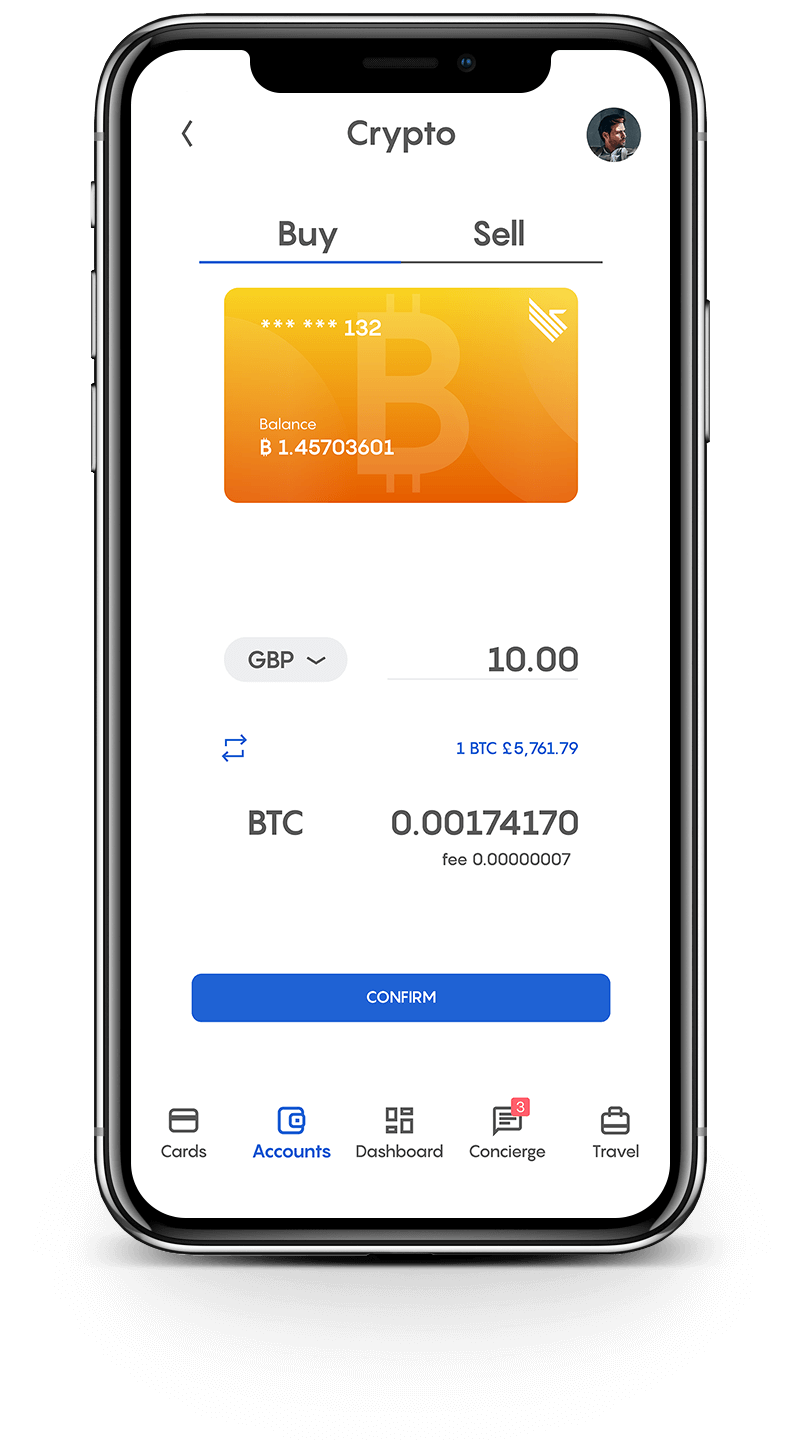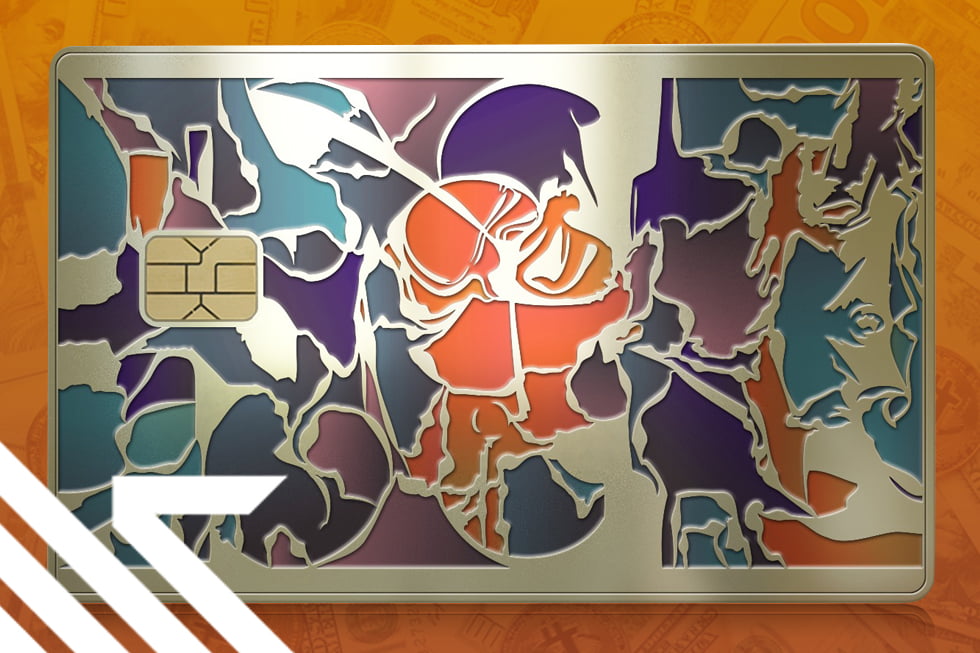If evenly distributed, every man, woman and child should have at least three payment cards in their possession.
According to data from the market and consumer information website Statista, over 29 billion credit, debit, and prepaid cards are in use worldwide.
Even with the innovations around payments, the demand for credit, debit, and prepaid cards persists. According to projections by Statista, we are not likely to see the growth in their use taper off until around 2026.
The origins of payments cards
It has taken centuries for payment cards to be this popular and widespread.
The time in history when the foundational concept of payment cards, particularly credit cards, started being used is hard to tell. It has existed in various forms, probably for thousands of years.
For example, some of the codified laws in ancient Mesopotamia were meant to guide the issuance of credit through written contracts on clay tablets.
In the 1860s, businesses, particularly taxi companies and department stores in American cities and towns, started to issue charge coins. These were metallic tokens embossed with a customer’s name, account number, and other pieces of relevant information.
A customer would present the coin to the store clerk, and then their details would be checked against a record. If their account were up to date, they would be allowed to walk out with merchandise and pay for it later.
It was the store’s responsibility to vet and onboard qualifying customers, keep the records and collect the debt when it was due.
If the customer failed to pay as stipulated in the contract, usually at the end In the 1960s, the automated teller machine (ATM) was invented, adding another critical layer to the evolution of payment cards.
Now users could not only use the cards to buy on credit at stores, but they could also use them to get cash even in the middle of the night or over the weekend when banks are closed.
In the 1960s, the debit card came into the scene. It made it easy for clients to access funds in their savings and checking accounts through the ATM.
Before the arrival of digital payment solutions, beginning in the early 2000s, payment cards were the most convenient way to pay for things. In particular, credit, debit, and prepaid cards made international travel easy for the ordinary person.
The cards made it unnecessary to carry physical cash or cheque books when traveling. All one needed to make a purchase or pay for goods and services even in a foreign land was to present their plastic, aluminum, or metal card.
Credit, debit, and prepaid card
There are many different types of payment cards that are in use today. However, three stand out: credit, debit, and prepaid.
The credit card
Credit cards are issued as part of a credit facility. The card issuer offers to let you spend their money, which you later pay as per agreed terms.
Usually, the payment is made at the end of the month. The card issuer might require you to pay the entire credit at once or do it in installments over a long period.
When you are required to settle the entire credit at the end of the month, the card is also referred to as a charge card.
With many credit cards, you are not charged any fees if you pay everything within the month you spent the money. If you pay a minimum amount required, then interest is charged.
Other fees apply when you make the payment later than the agreed deadline or spend more than your allowed limit.
Advantages of using credit cards
- They release your savings for investment
- They are a source of capital
- If your card is stolen or lost, there are protections
- You earn cashback and airline miles
Disadvantages of using credit cards
- It can easily become a debt you can’t repay
- It is costly, especially if you are late repaying
- It can hurt your credit score
- It can tempt you to live beyond your means
The debit card
This card allows you to access and spend funds in your savings or checking account. Besides shopping with it, you can present it to a teller or an ATM to withdraw cash.
Advantages of using a debit card
- You avoid living above your means.
- You don’t pay interest.
Disadvantages of using a debit card
- It cannot help you if you don’t have your own money
- If the card is hacked, it is your problem
- It ties your money such that you can’t invest it
Prepaid cards
These cards are in many ways similar to debit cards. The primary difference is that while debit cards are linked to your savings or checking account, prepaid card is not.
Instead, the card is linked to a special account that the issuer provides. You load this account with the funds you expect to spend. When the funds are depleted, you have to load the card again.
The prepaid card protects you from the possibility of your main savings or checking account being hacked through a payment card. If someone gets access to your prepaid card, they can spend only what is in it.
Prepaid cards are also great for limiting expenditure either by you or your dependents.
The readability of payment cards
The earliest payment cards could only be read by humans. A clerk checked the details on the card and compared them with what they had in their records. After the purchase or money withdrawal at the counter, the clerk updated the records to reflect the just-completed transaction.
The information capturing was usually done by manually writing down or printing embossed information on the card.
Over time it became necessary that machines were able to read the cards and also update records in them. The capability for machines to read payment cards has been achieved in various technical ways.
The magnetic strip
The magnetic strip came into use in the 1970s. The ATMs were equipped with a reading head that collected data when it came into contact with the magnetic strip.
The magnetic strip made it faster to process transactions. It also enhanced the card’s security as the holder was issued a PIN they had to input into the machine to access the account.
The memory chip
With the growth in computer technology, the memory chip became a preferred way to give payment cards memory and make them readable.
The chip is an embedded integrated circuit on the card, which can be read by the ATM or the point of sale system.
Near Field Communication (NFC)
This is contactless communication technology. That means the card equipped does not need to be in physical contact with the reader. It just needs to be close.
The NFC system uses radio frequency (RF). Once the card and the point-of-sale establish a communication channel, the cardholder must input a PIN before processing a transaction.
The challenge in the future of payment cards
The edge payment cards had in the payment industry has waned over time. It has, in particular, been eroded significantly by the arrival of digital payment methods. For example, it is now possible to travel the world while accessing and spending your cash through a mobile device.
While payment cards adapted to be the primary payment method people use to shop online, native online payment methods such as PayPal and, recently, crypto offer an even more seamless and secure experience.
According to a consumer survey report by the management consulting firm McKinsey, 82% of Americans used some form of digital payment method in 2021. That is 10% more than the previous year.of the month, it was upon the store to go to their home and collect items it could auction to recover the money owed.
Most businesses opted to create a credit card system to foster loyalty from their regular customers and generate more revenue from the credit service. Indeed, a charge coin would usually be used at a single business.
At the beginning of the 20th century, the charge coin had been replaced by paper cards and metal plates. It had also become common for businesses to accept each other’s cards for payment.
It was not until the mid-1940s that the banks saw an opportunity in the expanding credit card system. It started with local banks talking to local businesses and offering to manage their credit systems.
The new arrangement also meant the banks would take on the burden of the credit from the businesses. When a customer made a purchase using a credit card, the bank paid the store instantly and then waited to receive the settlement from the customer in installments over a period.
By the 1950s, banks introduced their customers to credit cards more than the businesses did. In a few years, however, the banks had taken backstage and delegated innovation and management of the credit card systems to particular companies such as Visa and Mastercard.
Advertisement
Join Club Swan and get... more!

Buy and sell your crypto at the best rates and spend them or transfer them to another wallet. You can seamlessly spend your crypto with the Club Swan card anywhere in the world. Everything from one account, on one platform.
- Buy, sell or store 9 different crypto currencies, including: Bitcoin (BTC), Ethereum (ETH), Litecoin (LTC), Bitcoin Cash (BCH), Tether (USDT), BAT, Paxos (PAX), USD Coin (USDC) and EOS.
- Low fees from 0.5%*.
- One simple rate for buy and sell. No hidden margin built into our prices.
- Seamlessly spend your crypto with the Club Swan card.
- Turn your crypto into traditional currencies.
- Quick and simple wallet to wallet transfers.
- Free transfers between Club Swan members.*
- 24/7 Customer support.
Club Swan's flexible account gives you access to multiple traditional currencies, live real time exchange rates, bank transfers and an elegant metal card allowing you to spend in more than 150 currencies around the globe.
- Live traditional currency exchange rates.
- Bank transfer exchange rates typically 4-8% better than high street banks.
- USD, GBP, EUR, CNY, and JPY accounts*.
- Transfer funds in and out of your account with SEPA/SWIFT/Faster Payment/Fed Wire Payments.
- Spend 150+ traditional currencies around the globe with Club Swan card.
- International ATM withdrawals.
- Daily ATM withdrawal limit $1,500.
- High account limits.
- Free transfers between Club Swan members*.
- FCA regulated for your peace of mind**.
- 24/7 Customer support.
Save precious time and money. Use your Club Swan virtual assistant for your travel needs. We also offer personal shopping, VIP event access and unique experiences.
- Save up to 40% on flights and holidays.
- Exclusive negotiated rates on First and Business class airfares.
- Private transfers.
- Luxury car rentals.
- Personal shopping assistant.
- Luxury product procurement.
- Concert tickets.
- Activity experiences.
- Event access.
- VIP dining & restaurant bookings.
- Private event & party coordination.
- 24/7 live chat concierge support.
The future of payment cards
Are we witnessing the end of the payment card?
When it comes to financial solutions, trends can be complex. For example, while the market survey report by McKinsey indicates a growing appetite for digital payment solutions, it also shows that traditional payments networks such as Visa and Mastercard continue to lead in trust among consumers of all ages.
The payment cards are also changing with time. For example, debit and credit cards are turning out to be critical points through which cryptocurrencies can be used.
The Club Swan debit cards fall into payment cards that are getting value and relevance through innovation.
The following are the ways payment cards are likely to maintain relevance going into the future:
Be desirable symbolic money
Besides their functional and instrumental value, payment cards offer opportunities through which individuals and brands can express themselves. Indeed, it has been the case for decades, especially for those in the upper class.
Metal cards are popular in some spaces, and they are away for some to stand out. They have become a form of jewelry. The more expensive and flashy the card one has, the higher the class they are considered to belong to.
In this regard, the payment card is evolving so that it is not just the material it is made of that one uses to express themselves, but increasingly the art displayed on it.
For example, Club Swan has created an array of debit card designs that users can choose from. They are meant to help one express themselves and stand out when they make payments.
These designs are not necessarily expensive, but they are all unique art pieces.
All digital currencies in one place
The future seems to be one that will have many private and public digital currencies co-existing.
It seems like the future will be full of different digital currencies. We are likely to have thousands of stablecoins issued by businesses such as commercial banks.
We will also have those issued by public institutions such as Central Bank Digital Currencies (CBDCs) by central banks. We will also have to choose from tens of thousands of community currencies and cryptocurrencies.
A consumer may end up holding tens of different currencies for different reasons. However, they might need an easier way to access all of them when they need to. Having to manage several wallets might be a challenge.
A debit card seems like a solution to this problem. A debit card can be a tool for accessing all these currencies in one place. You can spend the stablecoins, CBDCs, and crypto from the same debit card.
Indeed, that is now possible with several Visa and Mastercard debit cards, including those issued by Club Swan.
Branding and marketing real estate
The payment cards might become more useful to businesses by capitalizing on the affinity customers have with a particular brand, product or institution.
It is now possible for businesses, institutions and persons of interest to offer payment cards designed in their image and likeness. That is part of what Club Swan does through its Club Swan Partners.
Card holders use these cards in most stores online and worldwide just like they would those issued by a bank. They can also use them to liquidate various digital currencies they might receive from different platforms, including play to earn metaverses.
Your customers and employees often increase their affinity with a specific brand, especially when it coincides with a positive interaction when payments are conducted.
They will also introduce the brand to those they interact with, especially if they are curious about the design.




